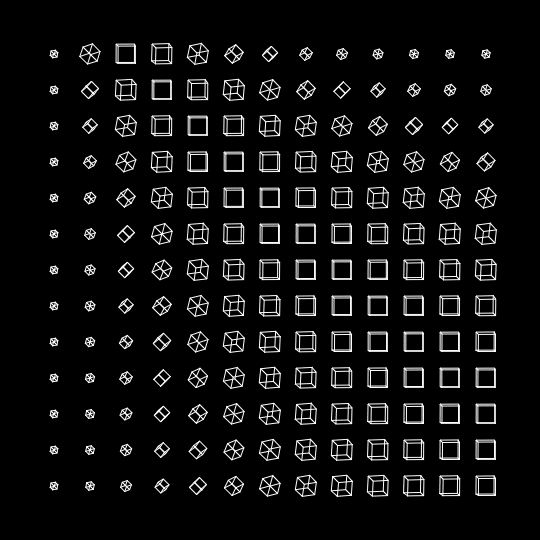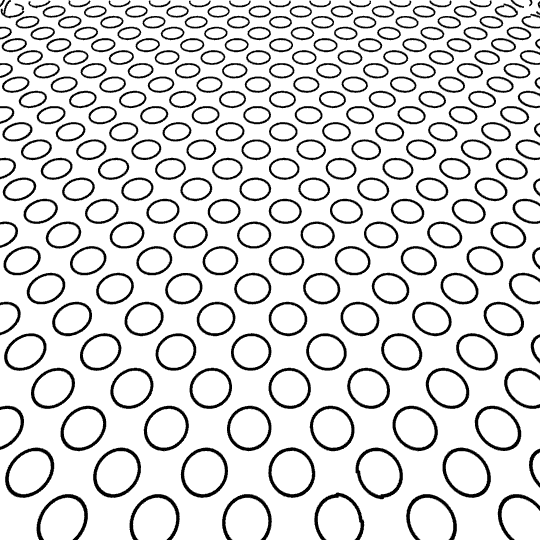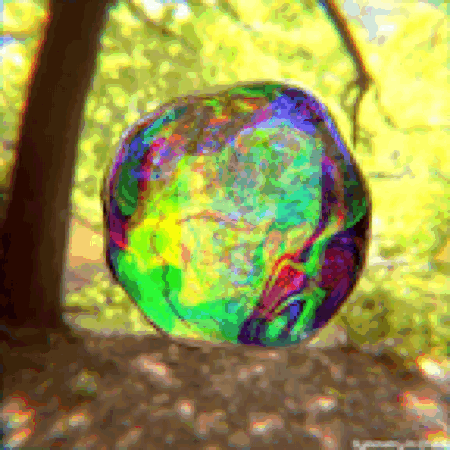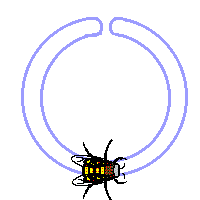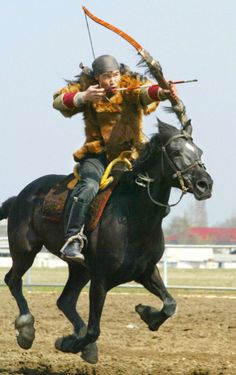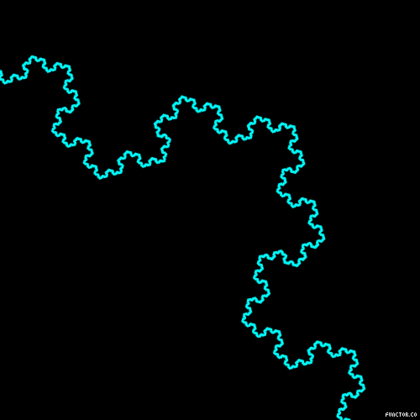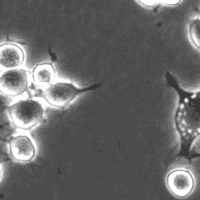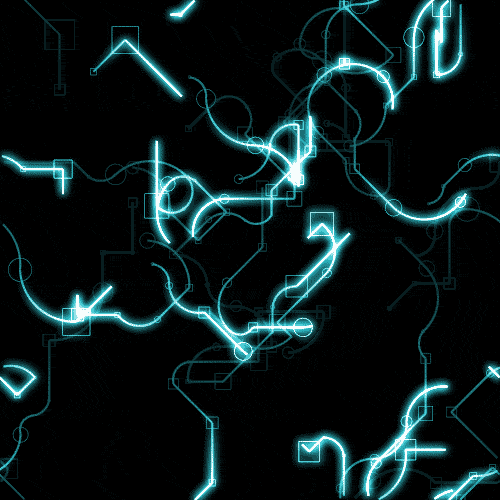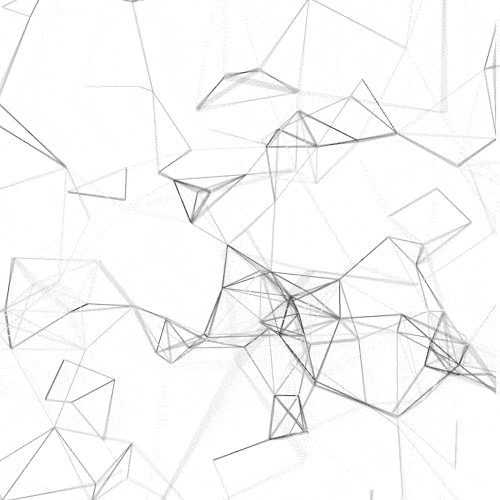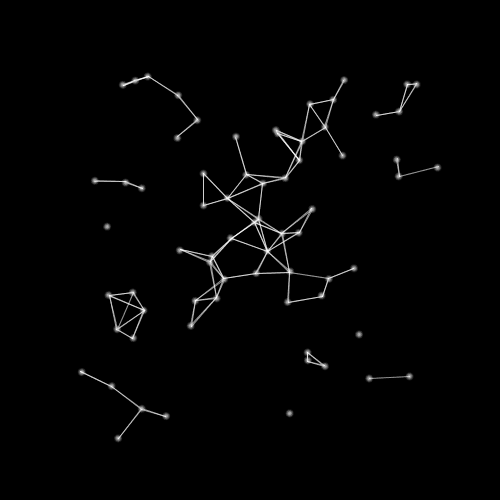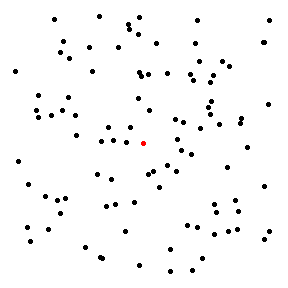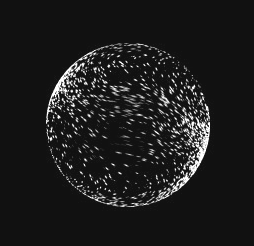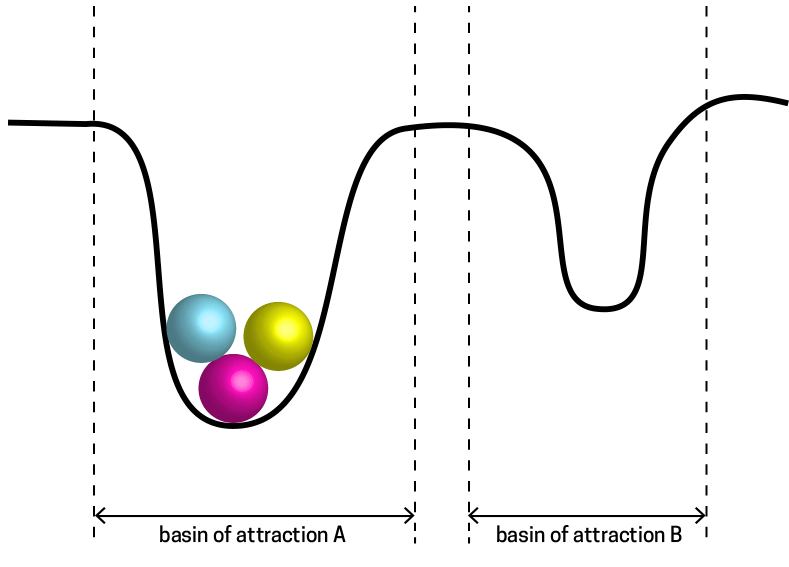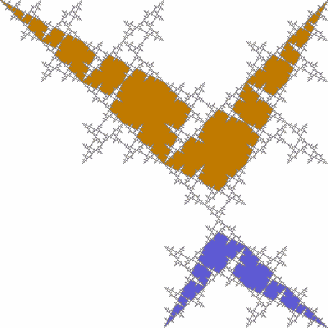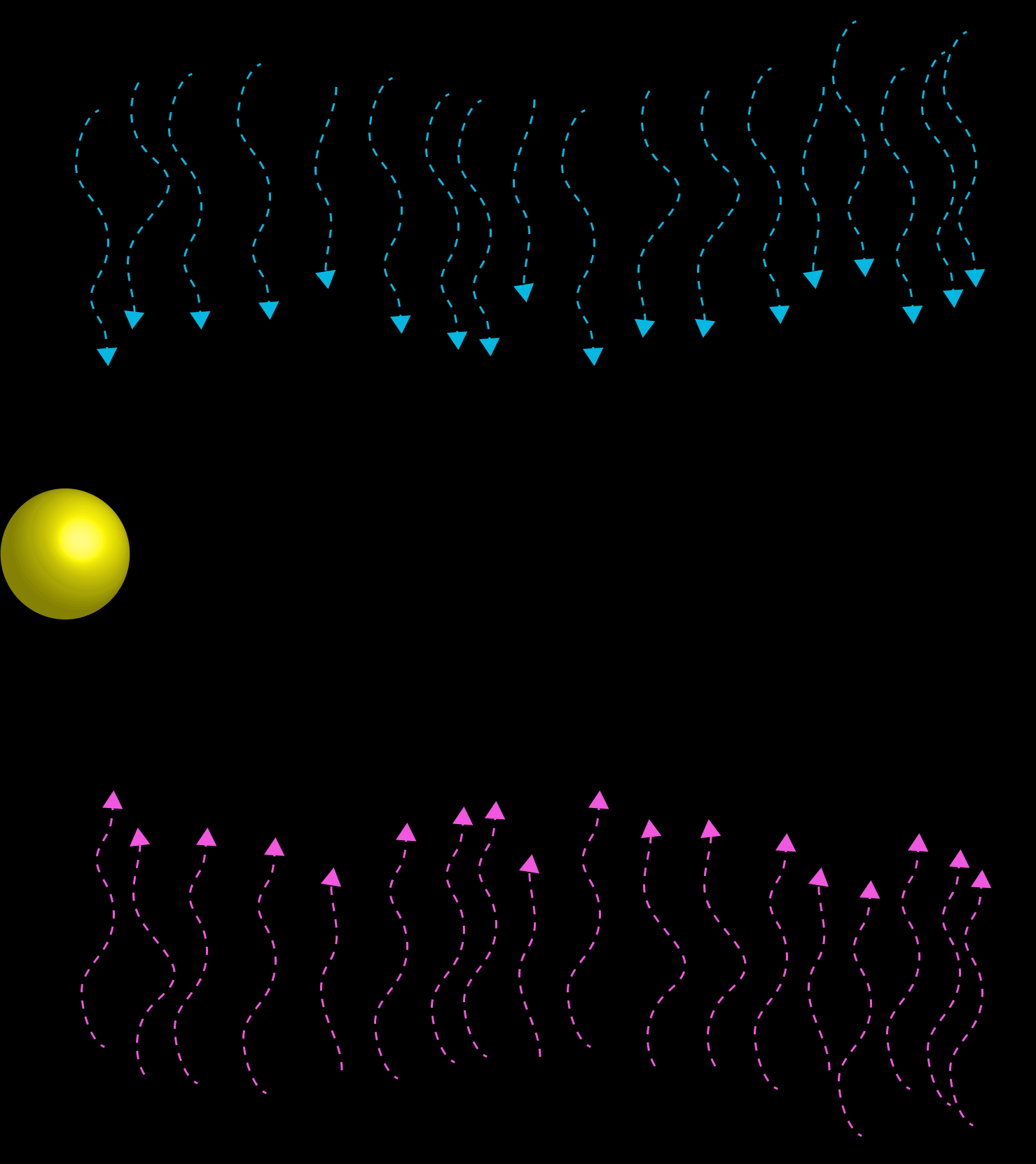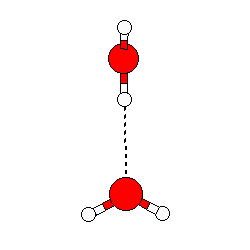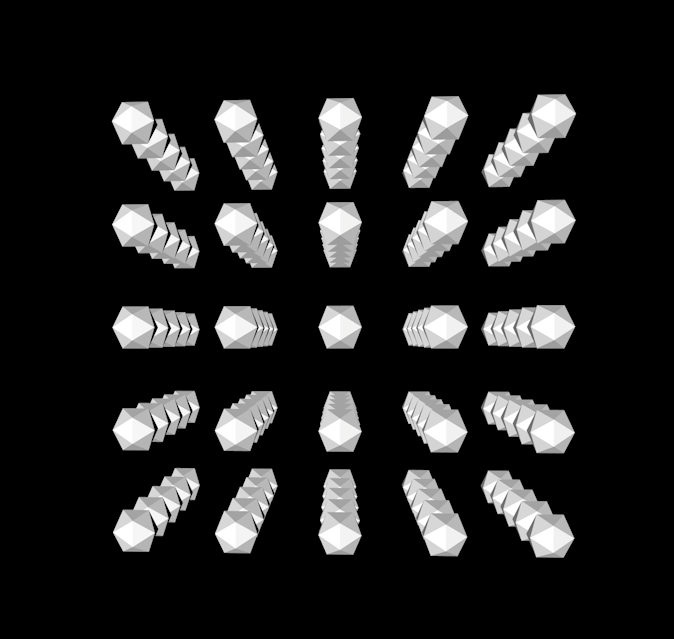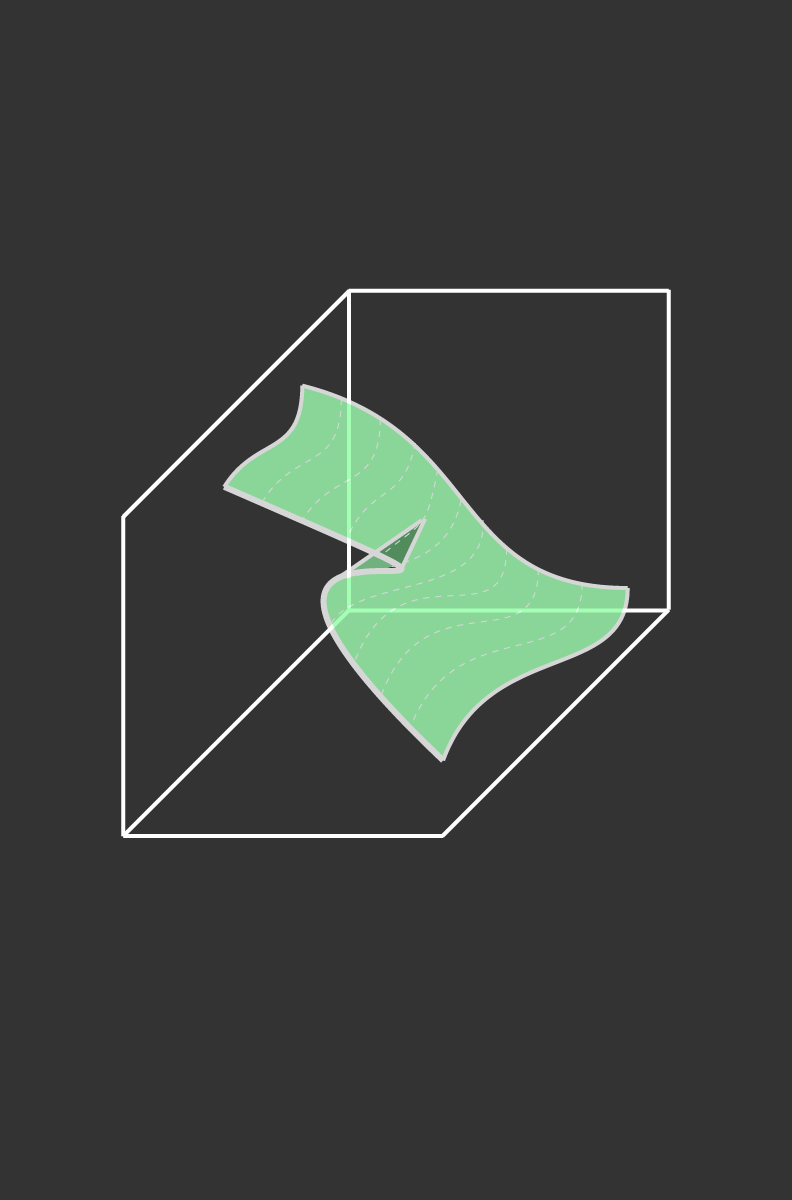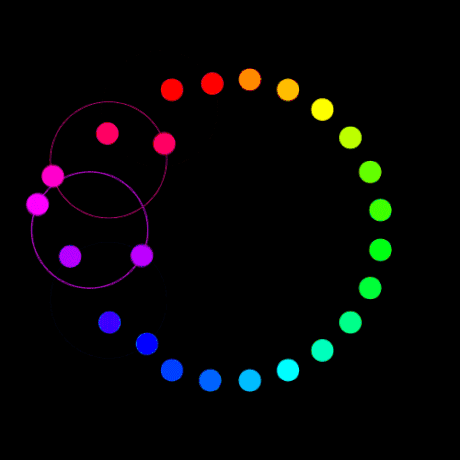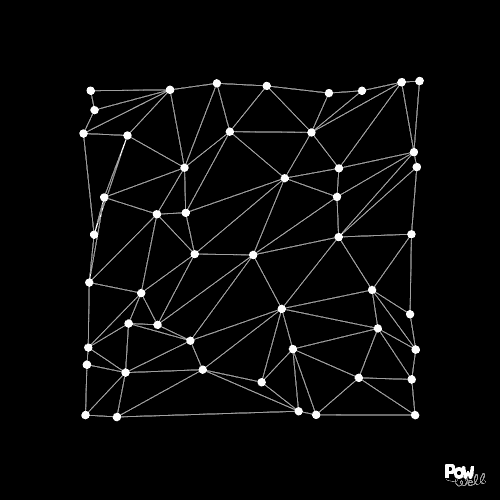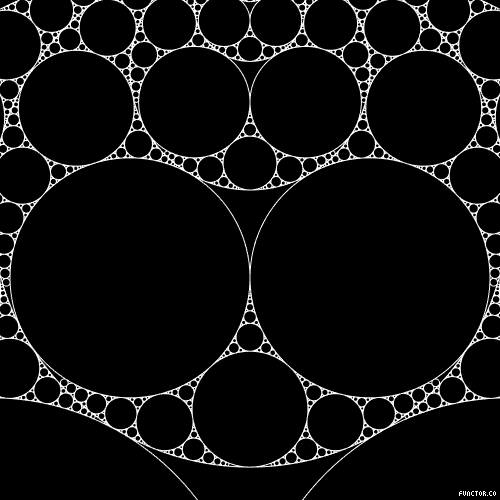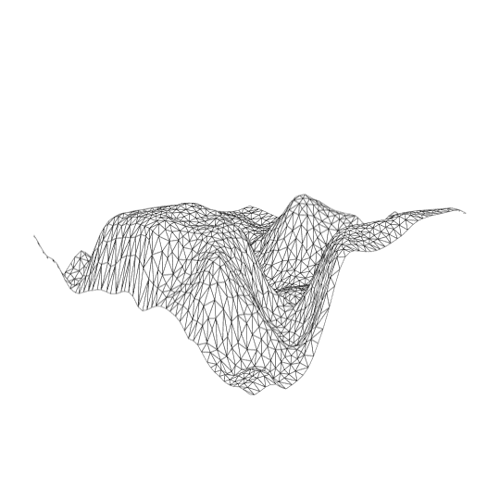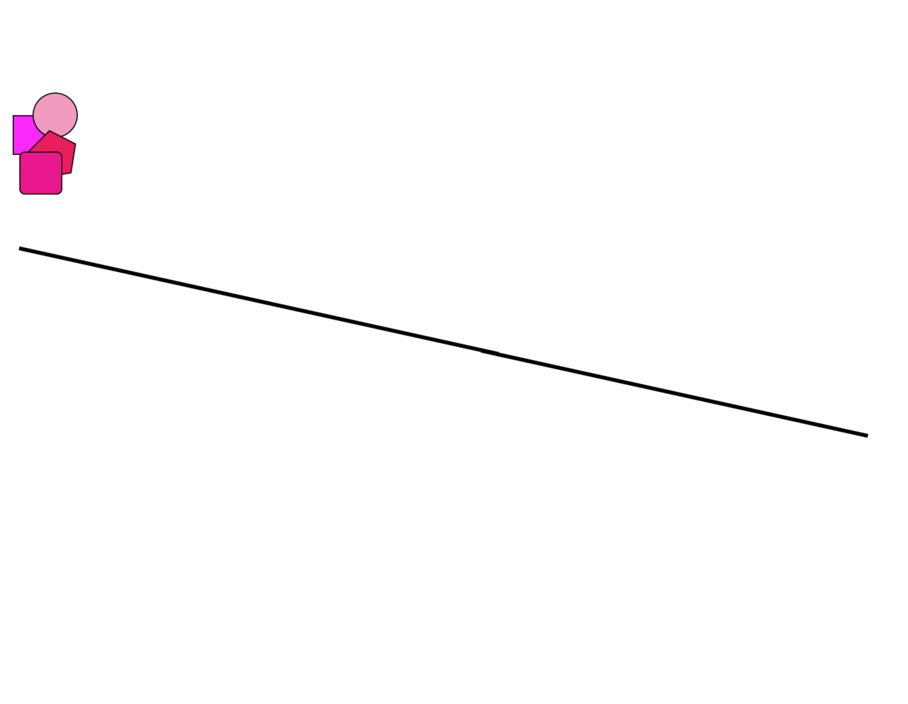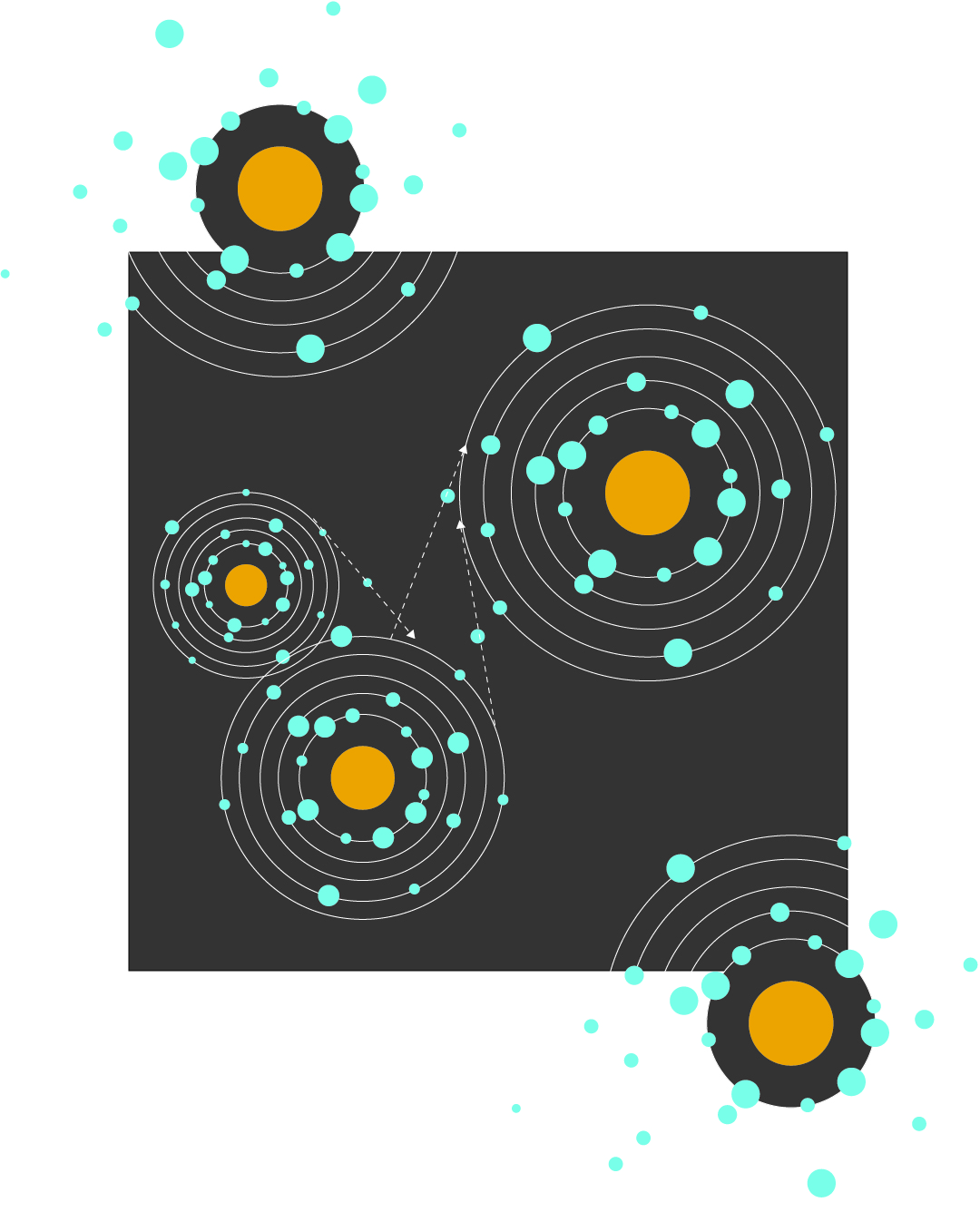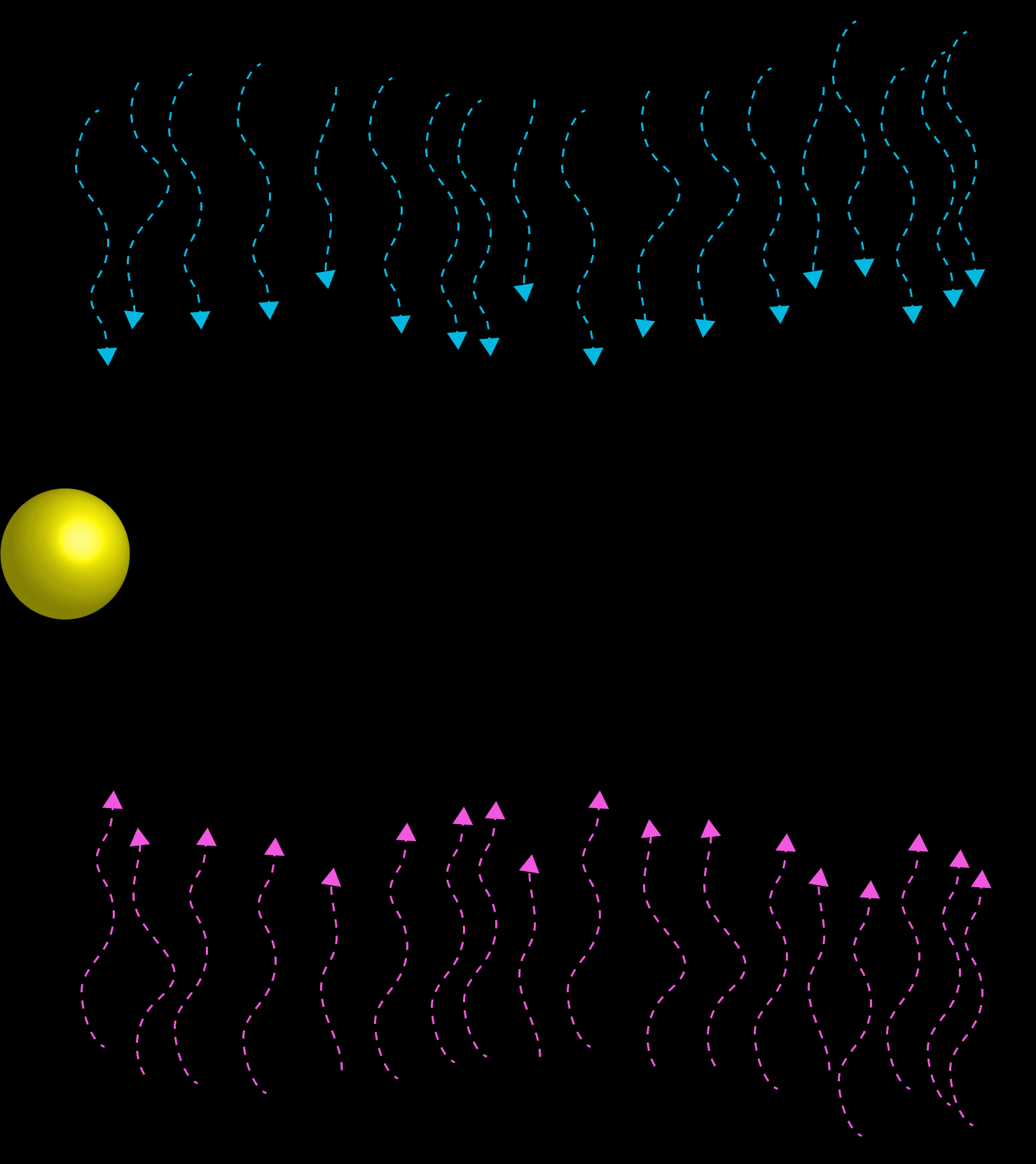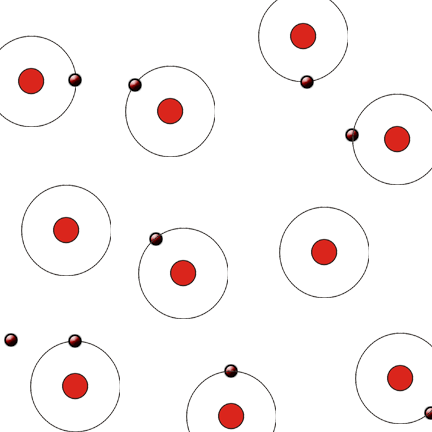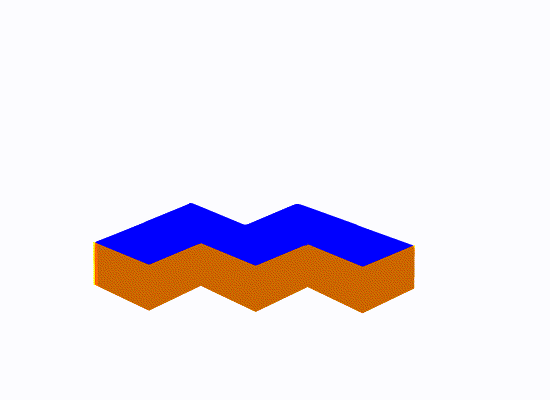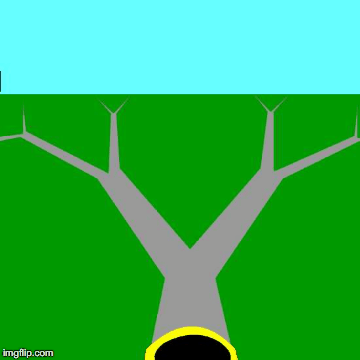cas/taxonomy.php (default section or parent)
Terms
A host of terms are used to discuss complexity: many of which overlap and differ only in subtle ways.
The words used to describe the behaviors of Complex systems are often technical or ambiguous. Further, depending upon the research field, different terms may be used to refer to the same phenomena. This site endeavors to disambiguate terminology associated with CAS, as well as highlight parallel terms used to refer to the same concept across discourses.
Dive into the terminology!
Photo Credit and Caption: Image by Romain Vignes from Unsplash
Cite this page:
Wohl, S. (2022, 13 June). Terms. Retrieved from https://kapalicarsi.wittmeyer.io/taxonomy/terms
Terms was updated June 13th, 2022.
Nothing over here yet
Navigating Complexity © 2015-2025 Sharon Wohl, all rights reserved. Developed by Sean Wittmeyer
Sign In (SSO) | Sign In
Related (this page): Variables (58), Unfolding Interactions (110), The Virtual (118), Swarm Behavior (60), Stigmergy (280), Stabilized Assemblages (113), Sensitive to Initial Conditions (77), Self Similarity (98), Schemata (69), Safe to Fail (258), Rhizomes (115), Requisite Variety (90), Redundancy (211), Preferential Attachment (76), Positive Feedback (120), Phase Space (83), Perturbation (142), Open Scaffolds (104), Negentropy (74), Negative Feedback (121), Multiple Equilibria (79), Modularity (62), Manifold (82), Local Interactions (89), Homeostasis (279), History Matters (116), Fractals (216), Fluidity/Mobility (111), Fitness Peaks (67), Fitness Landscape (130), Evolutionary (94), Enslaved States (70), Cybernetics (53), Contingency (117), Causal Loop Diagrams (311), Capturing Flows (102), Building Blocks (63), Bifurcations (81), Arrow of Time (80), Affordances (105), Tutorials (53),
Section:
Non-Linearity Related (same section): Related (all): Urban Modeling (11, fields), Resilient Urbanism (14, fields), Relational Geography (19, fields), Landscape Urbanism (15, fields), Evolutionary Geography (12, fields), Communicative Planning (18, fields), Assemblage Geography (20, fields), Tipping Points (218, concepts), Path Dependency (93, concepts), Far From Equilibrium (212, concepts),
Nested Orders Related (same section): Related (all): Urban Modeling (11, fields), Urban Informalities (16, fields), Resilient Urbanism (14, fields), Self-Organized Criticality (64, concepts), Scale-Free (217, concepts), Power Laws (66, concepts),
Emergence Related (same section): Related (all): Urban Modeling (11, fields), Urban Informalities (16, fields), Urban Datascapes (28, fields), Incremental Urbanism (13, fields), Evolutionary Geography (12, fields), Communicative Planning (18, fields), Assemblage Geography (20, fields), Self-Organization (214, concepts), Fitness (59, concepts), Attractor States (72, concepts),
Driving Flows Related (same section): Related (all): Urban Datascapes (28, fields), Tactical Urbanism (17, fields), Relational Geography (19, fields), Parametric Urbanism (10, fields), Landscape Urbanism (15, fields), Evolutionary Geography (12, fields), Communicative Planning (18, fields), Assemblage Geography (20, fields), Open / Dissipative (84, concepts), Networks (75, concepts), Information (73, concepts),
Bottom-up Agents Related (same section): Related (all): Urban Modeling (11, fields), Urban Informalities (16, fields), Resilient Urbanism (14, fields), Parametric Urbanism (10, fields), Incremental Urbanism (13, fields), Evolutionary Geography (12, fields), Communicative Planning (18, fields), Rules (213, concepts), Iterations (56, concepts),
Adaptive Capacity Related (same section): Related (all): Urban Modeling (11, fields), Urban Informalities (16, fields), Tactical Urbanism (17, fields), Parametric Urbanism (10, fields), Landscape Urbanism (15, fields), Incremental Urbanism (13, fields), Evolutionary Geography (12, fields), Feedback (88, concepts), Degrees of Freedom (78, concepts),

